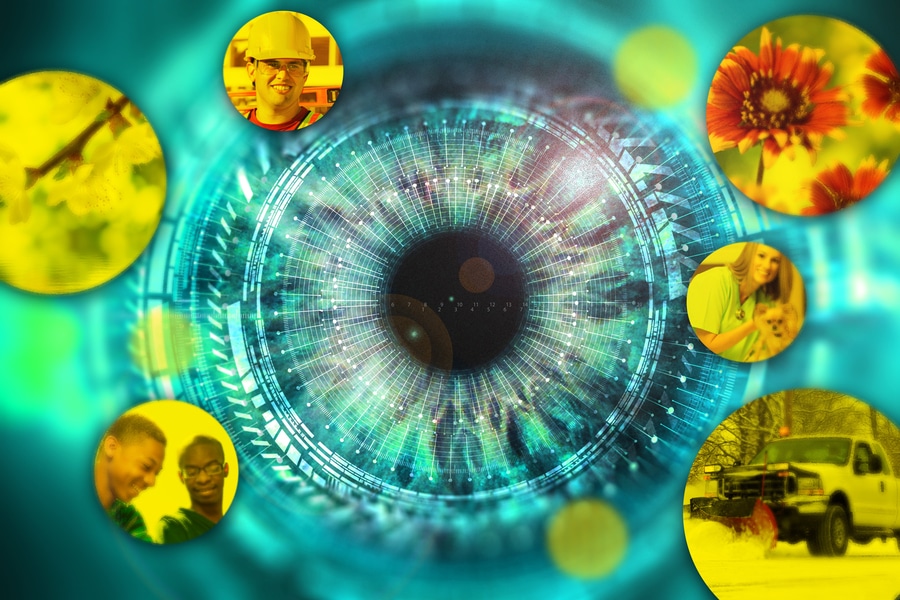 Mark Hamilton, an MIT PhD scholar in electrical engineering and pc science and affiliate of MIT’s Pc Science and Synthetic Intelligence Laboratory (CSAIL), desires to make use of machines to grasp how animals talk. To try this, he set out first to create a system that may study human language “from scratch.”
Mark Hamilton, an MIT PhD scholar in electrical engineering and pc science and affiliate of MIT’s Pc Science and Synthetic Intelligence Laboratory (CSAIL), desires to make use of machines to grasp how animals talk. To try this, he set out first to create a system that may study human language “from scratch.”
“Humorous sufficient, the important thing second of inspiration got here from the film ‘March of the Penguins.’ There’s a scene the place a penguin falls whereas crossing the ice, and lets out a bit belabored groan whereas getting up. If you watch it, it’s nearly apparent that this groan is standing in for a 4 letter phrase. This was the second the place we thought, possibly we have to use audio and video to study language,” says Hamilton. “Is there a means we may let an algorithm watch TV all day and from this determine what we’re speaking about?”
“Our mannequin, ‘DenseAV,’ goals to study language by predicting what it’s seeing from what it’s listening to, and vice-versa. For instance, for those who hear the sound of somebody saying ‘bake the cake at 350’ likelihood is you is likely to be seeing a cake or an oven. To succeed at this audio-video matching recreation throughout hundreds of thousands of movies, the mannequin has to study what individuals are speaking about,” says Hamilton.
As soon as they skilled DenseAV on this matching recreation, Hamilton and his colleagues checked out which pixels the mannequin appeared for when it heard a sound. For instance, when somebody says “canine,” the algorithm instantly begins searching for canines within the video stream. By seeing which pixels are chosen by the algorithm, one can uncover what the algorithm thinks a phrase means.
Curiously, an analogous search course of occurs when DenseAV listens to a canine barking: It searches for a canine within the video stream. “This piqued our curiosity. We wished to see if the algorithm knew the distinction between the phrase ‘canine’ and a canine’s bark,” says Hamilton. The group explored this by giving the DenseAV a “two-sided mind.” Curiously, they discovered one facet of DenseAV’s mind naturally centered on language, just like the phrase “canine,” and the opposite facet centered on appears like barking. This confirmed that DenseAV not solely realized the which means of phrases and the areas of sounds, but additionally realized to differentiate between these kind of cross-modal connections, all with out human intervention or any data of written language.
One department of functions is studying from the huge quantity of video revealed to the web every day: “We wish methods that may study from huge quantities of video content material, comparable to tutorial movies,” says Hamilton. “One other thrilling software is knowing new languages, like dolphin or whale communication, which don’t have a written type of communication. Our hope is that DenseAV may also help us perceive these languages which have evaded human translation efforts for the reason that starting. Lastly, we hope that this technique can be utilized to find patterns between different pairs of alerts, just like the seismic sounds the earth makes and its geology.”
